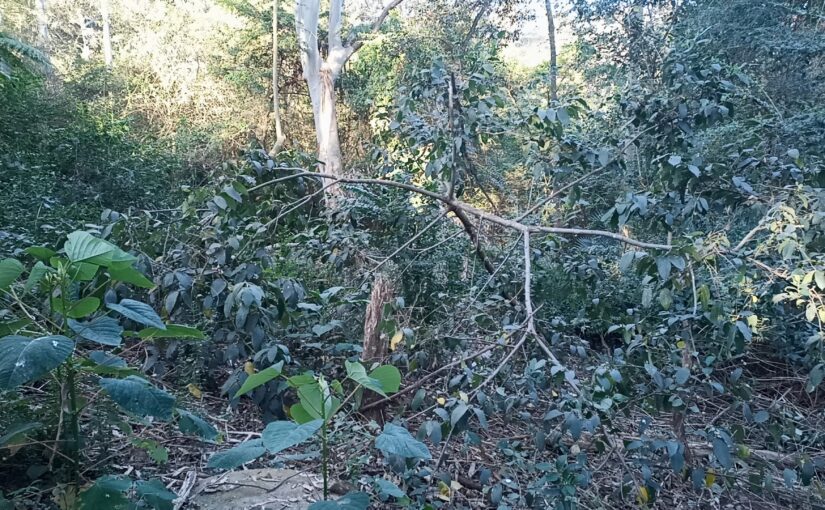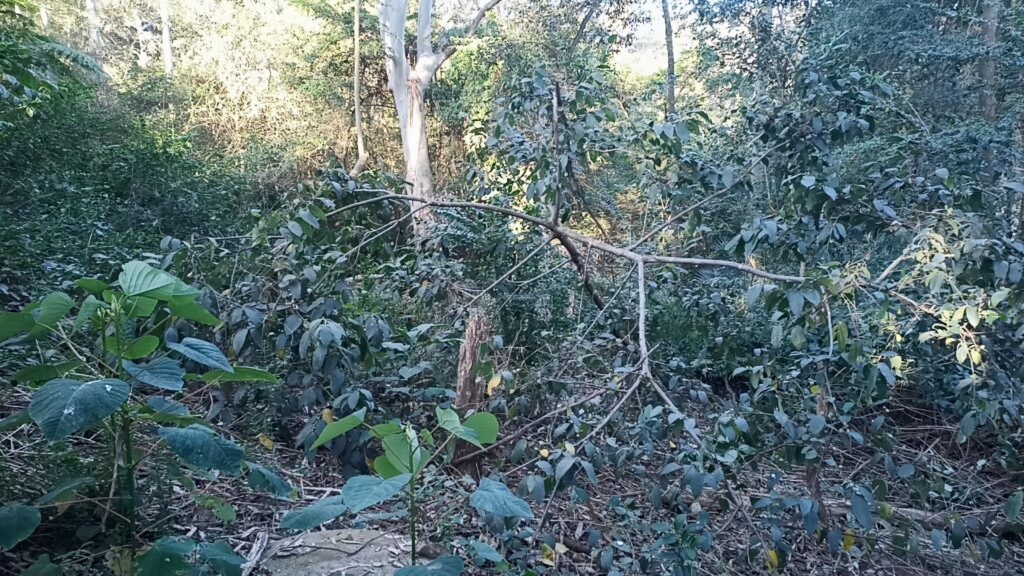I got a few hours of lantana bashing in on Saturday…
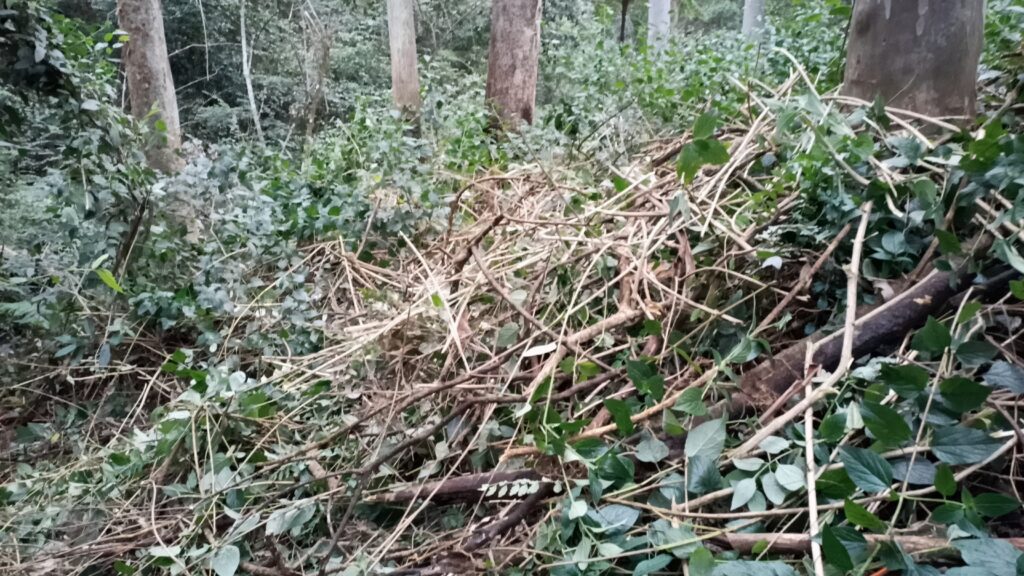
Mostly I focused on the lantana near the creek towards the rear of the reserve. I had cleared the creek edge previously and this led to some natives taking off. The usual bleeding hearts and sandpaper figs but also a lilly pilly amongst others. Still, I hadn’t moved far from the edge of the creek and the lantana was threatening a return. I put an end to that…
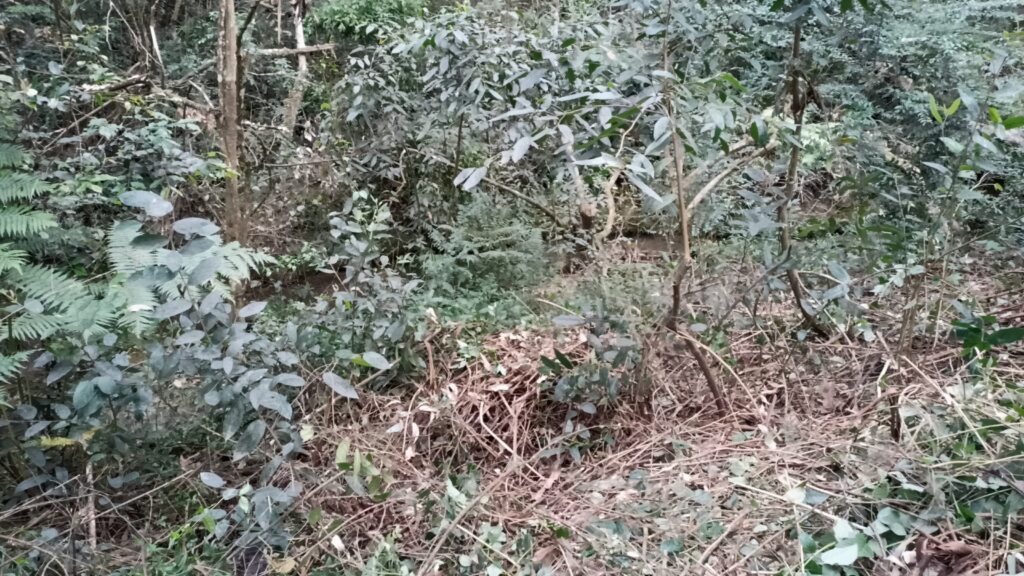
That spot was chockers with lantana but now those sandpaper fig saplings towards the center of the photo should have a good headstart.
I am having to consider where people will walk when an area is cleared. There appears to be enough people going through the reserve now to make a difference. Not a bad thing but something to keep in mind in case some more fragile plants could be damanged. I left some privet and debris to deter people using this area. Easily removed when the saplings become big enough to not be easily walked on.
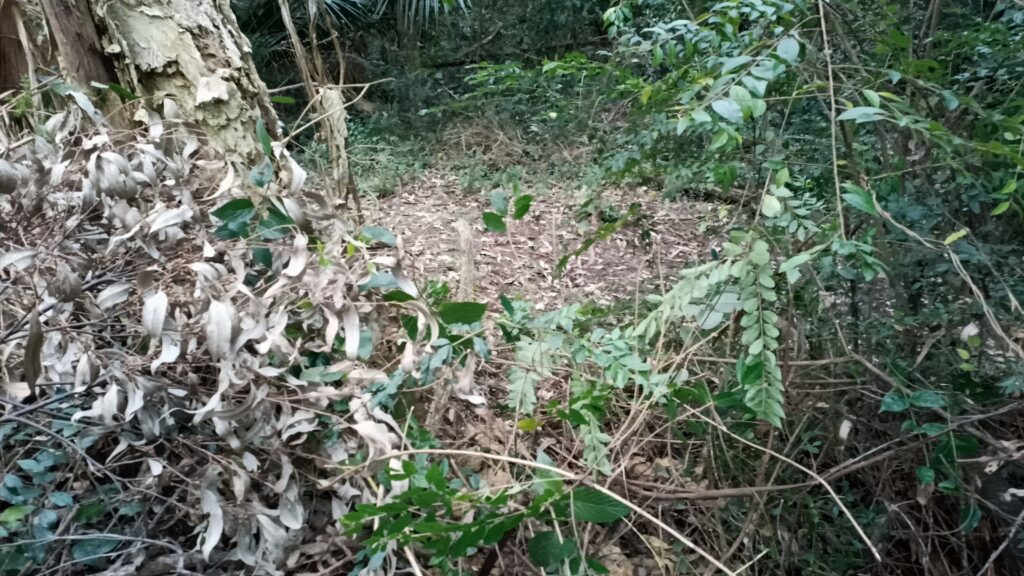
Here is a summary video I took at the end of the day. Poor quality unfortunately…
That fern tree that can be seen in the video is another win as well. More of those, yes please.
